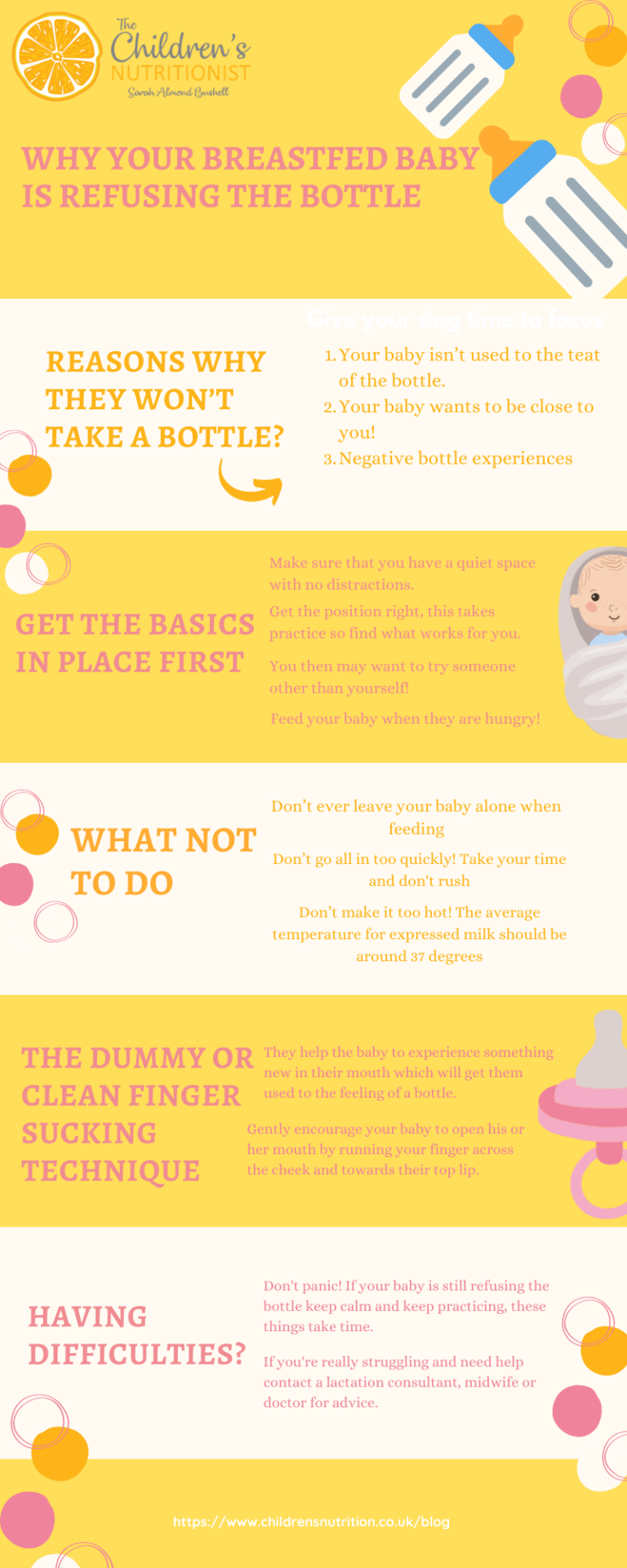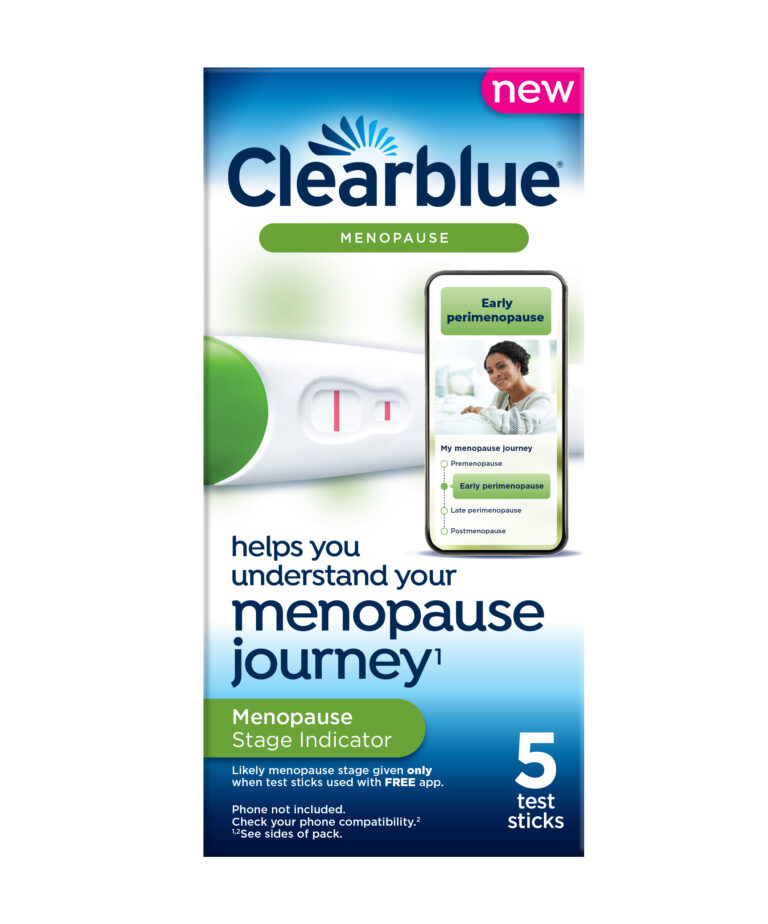How Soon Can You See A Baby On An Ultrasound
Are you eagerly anticipating the first glimpse of your little one through an ultrasound? The excitement and curiosity of seeing your baby for the first time can be overwhelming. In this article, we will delve into the details of how soon you can see a baby on an ultrasound, what to expect during the procedure, and why it is an important milestone in your pregnancy journey.
Knowledge
Ultrasound technology has revolutionized prenatal care by allowing expectant parents to catch a glimpse of their developing baby. The timing of when you can see your baby on an ultrasound depends on several factors, including the type of ultrasound being performed and the stage of your pregnancy.
During the early stages of pregnancy, typically between 5 to 8 weeks, a transvaginal ultrasound may be performed to confirm the presence of a gestational sac. This type of ultrasound involves inserting a probe into the vagina to get a closer look at the developing embryo. While the image may be small and grainy at this stage, it can provide valuable information about the health and progress of the pregnancy.
As the pregnancy progresses, usually around 18 to 20 weeks, an abdominal ultrasound is commonly used to conduct a more detailed examination of the baby. This type of ultrasound involves applying gel to the mother’s abdomen and using a transducer to capture images of the baby inside the womb. By this stage, the baby’s features are more defined, and it is possible to see details such as facial features, limbs, and even gender in some cases.
For expectant parents looking for a more lifelike view of their baby, 3D/4D ultrasounds offer a unique opportunity to see the baby in greater detail. These advanced imaging techniques provide a three-dimensional view of the baby’s face and movements, offering a more realistic and interactive experience for parents.
Ultrasounds play a crucial role in monitoring the health and development of the baby throughout pregnancy. They can help healthcare providers assess the baby’s growth, check for any abnormalities, and confirm the due date. Additionally, ultrasounds provide expectant parents with a visual connection to their baby, fostering a sense of bonding and anticipation as they prepare for the arrival of their little one.
Conclusion
Seeing your baby on an ultrasound for the first time is a momentous occasion that marks a significant milestone in your pregnancy journey. Whether it is a grainy image of a tiny embryo or a detailed view of your baby’s features, each ultrasound provides valuable insights into the health and progress of your pregnancy. Expectant parents can look forward to experiencing the joy and excitement of seeing their baby on the screen, knowing that they are one step closer to welcoming their little one into the world.
Ultrasounds are not only a medical tool but also a cherished moment for parents to connect with their baby and start forming a bond before birth. The ability to see your baby’s movements and features on an ultrasound can be a truly magical experience that reinforces the miracle of life.






